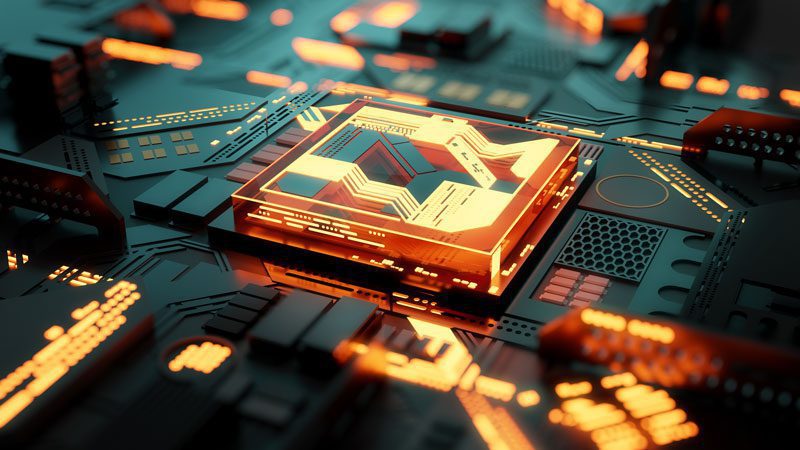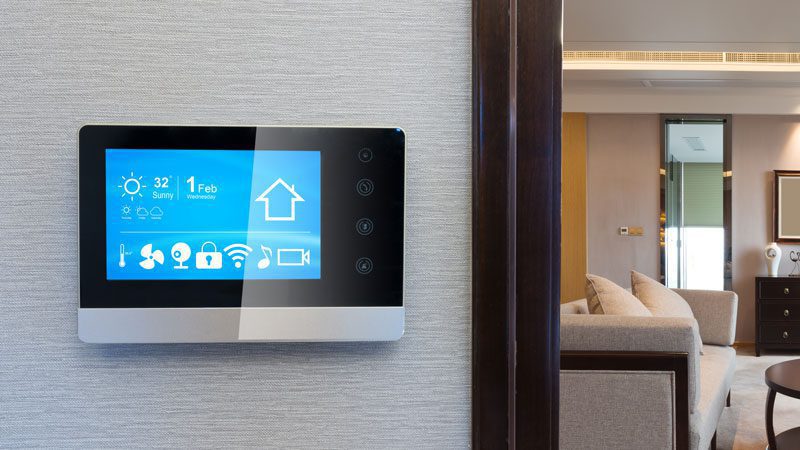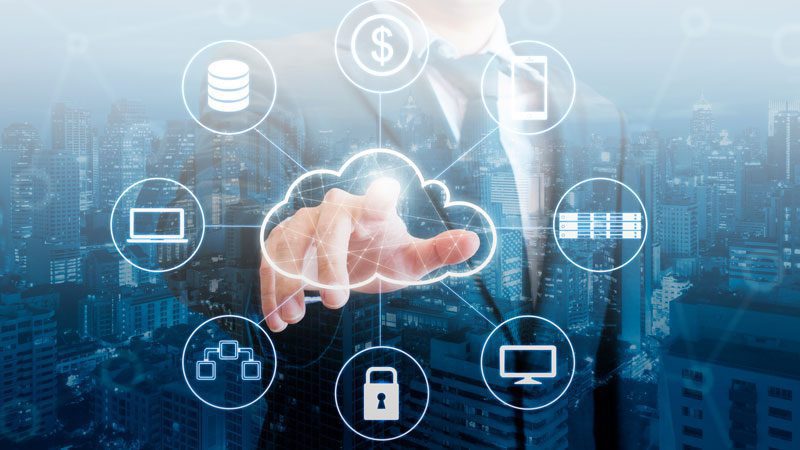Hyperautomation— heard of it?
According to Garner, it’s this year’s top technology trend.
It appears that hyperautomation is on track to revolutionise the modern workplace—forever (think what the assembly line did for manufacturing but bigger).
But, what is hyperautomation, and how is it different from run-of-the-mill automation?
In short, hyperautomation is defined as business-driven high-speed automation.
But, unlike traditional automation (which focuses on a single process), hyperautomation combines a broad palette of advanced technologies and software.
By using new technologies like artificial intelligence (AI), robotic process automation (RPA) and machine learning—hyperautomation seeks to re-imagine and automate entire processes to run smarter and faster.
Let’s think about it another way.
Imagine automation is your arm or leg? Okay. It enables you to perform a certain number of tasks or functions. In contrast, hyperautomation is your brain—it’s your mainframe, HQ, the eye of Mordor—whatever you want to call it— it controls your entire body, not just one part.
As organisations begin to introduce new hybrid working arrangements following the pandemic—hyperautomation is set to play a pivotal role in supporting this (once-in-a-generation) step-change in how and where we work.
Let’s dive in and look at hybrid working more closely.

The New Workplace is Hybrid
The pandemic has upended the modern workplace. By 2028, researchers predict that 73% of all departments are expected to have remote workers.
Increasingly, work is less about a geographic location but closer to a state of mind.
As you likely know, transformation technologies are massively influencing the evolution of the modern workplace (and have been since before the arrival of the pandemic). As a result, businesses are under tremendous pressure to be more agile and ensure a secure and scalable IT infrastructure.
The truth is organisations that adapt quickly to new working environments will gain a valuable competitive advantage, especially in the battle for talent.
For instance, in today’s on-demand culture, employees and customers expect the same level of ‘experience’ in both their professional and personal lives.
Moreover, for employers grappling with the great resignation, the hybrid workplace offers a win-win solution with better work-life balance leading to a more positive employee experience, increased engagement and higher retention levels.
Recently, Salesforce surveyed 773 automation users in the United States— 89% of users said they felt more satisfied with their job, and 76% said they were more satisfied with their stress levels at work due to using automation.
At the same time, hybrid working arrangements raise a range of challenges.
Businesses need to consider the following;
- Are your communication channels hybrid ready?
- How will you foster collaboration and creativity?
- Where and how will networking and trust-building happen?
- How will you support employees to skill up?
- How will you balance your security strategies for both the in-office teams and at home?
Unlike the traditional office, hybrid working depends heavily on different technologies to unite, engage, and support newly branched teams.
Needless to say, businesses that may have previously shied away from digital transformation now will have no choice, particularly if they want to keep up with the competition.
But let’s make no mistake, even companies that have already adopted a virtual first approach, moving into a hybrid model will require committing to ongoing adaptation.
What’s paramount is that organisations support both employees and customers through this time of transition.
By leveraging the power of hyperautomation, businesses can integrate intelligent data-driven technologies to create new, sustainable and purposeful business models.
Why does your business need hyperautomation?
Garner describes hyperautomation as “enabling accelerated growth and business resilience by rapidly identifying, vetting and automating as many processes as possible.”
In other words, it’s holistic.
How?
Hyperautomation is a collective of technologies, digital tools and platforms like artificial intelligence, robotic process automation, low code and machine learning. These act in tandem alongside each other and with humans to automate repetitive processes, making them smarter, easier to scale, more efficient, and cost-effective.
What hyperautomation is not – is your everyday run of the mill automation. Likewise, it doesn’t herald the start of an apocalyptic AI takeover (shhh, let’s not mention the Tesla bot). But seriously, hyperautomation presents the next round of computerisation, where humans and robots work collaboratively to deliver a 360-degree reimagining of how business processes can optimise organisational efficiency and productivity.
By liberating your employees from (as many as possible) repetitive, low-skilled processes—you empower them to engage in more high-value, meaningful work.
Like it or not, talent in the future will no longer be simply humans—it’ll be bots + humans.
By shifting from labour-intensive activities to barely-touch, rules-based ones, you’re essentially ‘entrepreneuring’ your workforce. Consequently, the benefits include stellar efficiency, lower operating costs, and higher employee engagement and satisfaction.
Key Hyperautomation Technologies You Need to Know About
Learn more about hyperautomation components you may encounter.

Artificial Intelligence (AI)
An umbrella term for all technologies that facilitate machines to make sense, comprehend, act and learn. For instance, SIRI, the virtual assistant, is an example of AI.

Robotic Process Automation (RPA)
This is the application of technology to configure bots (or computer software) to deal with repetitive tasks and high-volume data processes by manipulating data, triggering responses and communicating with other digital systems.

Machine Learning
A form of AI, machine learning is interdisciplinary and combines information theory, control theory, statistics, and computer science. Through gathering information, machine learning enables pattern recognition in systems to deliver improvements and increase accuracy to help you achieve goals faster and more efficiently.

Event-driven Software Architecture
Online shopping giant Amazon describes event-driven architecture as an architecture software or model that uses events to trigger and communicate between decoupled services and is common in modern applications built with micro services.

Business Process Management (BPM)
Garter defines BPM as a discipline that uses various methods to discover, model, analyse, measure, improve and optimise business processes.

Integration Platform as a Service (iPaaS)
This is a suite of cloud-based automated tools that enable the integration of software applications across different environments, such as public and private clouds.

Low-code software
In a low code development programme, you exchange complex programming languages for visual interfaces with basic logic and drag-and-drop capabilities.
